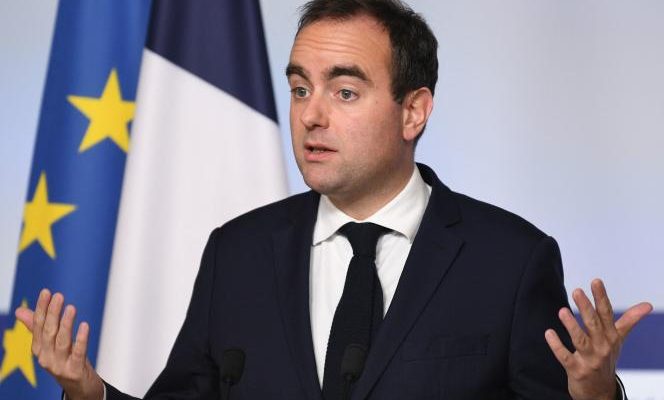To say the least the new military programming law (LPM), presented, Tuesday, April 4, in the Council of Ministers, in the midst of pension reform, aroused a wave of mixed reactions, from the ranks of the opposition to those of specialized observers. While this text, expected for months, and supposed to meet the new requirements of the international context, proposes to put on the table up to 413 billion euros by 2030, the list of equipment – annexed to the bill – which the armies must be provided with this sum, ultimately turns out to be lower, in certain categories, than what had been planned for several years.
This paradoxical impression, while the budget of the armed forces will have almost doubled by 2030 compared to 2017, is not a surprise within defense circles. “I fear there is less with more”, recently summarized a source familiar with the matter. Strictly speaking, the increase in credits for this LPM compared to the previous LPM (2019-2025) – aborted due to the war in Ukraine – is only 30%, or around 100 billion euros. But inflation alone should devour 30 billion. A financial equation that has led to difficult choices, in particular linked to the concern to favor the renewal of deterrence.
These arbitrations today have another cost: that of image, by putting an end to the “showcase army” effect. This LPM must “sincerize our operational capabilities”assumed in his own way the Chief of Staff of the Armed Forces (CEMA), General Thierry Burkhard, before the Defense Committee of the National Assembly, on April 6. “We favored consistency over mass (…)responsiveness over endurance”, he “had to get out of the logic of the park”he added. “Either we buy an army to make the parade on July 14, or we have an army to wage war”he also confided in February to the press.
Only twenty Cheetah helicopters in 2030
The result is final. If the LPM is voted in as it is by July, as the executive hopes, the Army will have, for example, by 2030 several hundred new generation armored vehicles less than expected. The Air Force will not have switched to “all Rafale”. And the navy will only have three defense and intervention frigates instead of five, or even seven offshore patrol boats instead of ten. “The trajectory had to [de la LPM] is compatible with the evolution of public finances”for his part defended the Minister of the Armed Forces, Sébastien Lecornu, before parliamentarians on Wednesday.
You have 66.67% of this article left to read. The following is for subscribers only.
